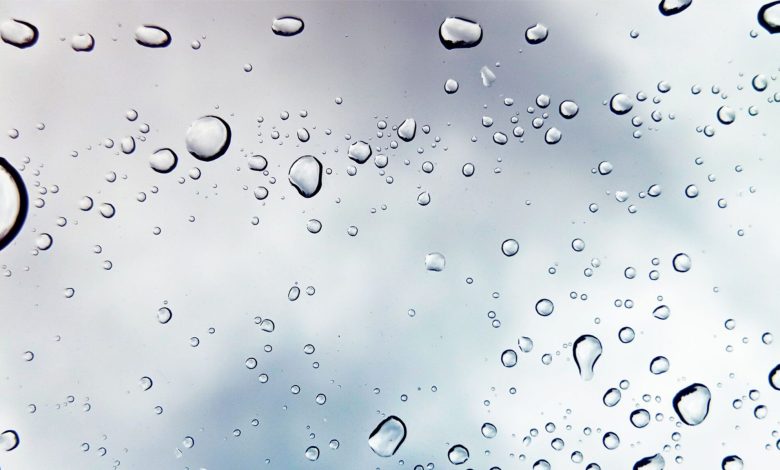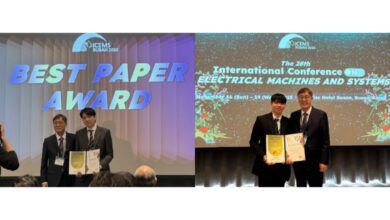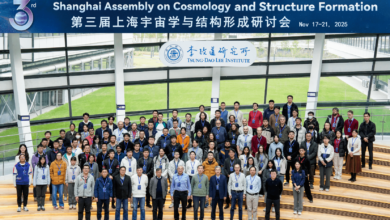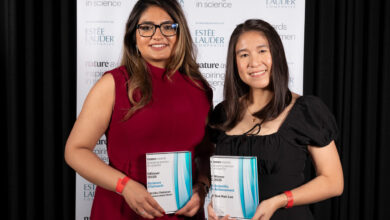Curtin University’s Innovative Water-Repellent Glass Technology: A Game-Changer in Safety and Sustainability

Researchers at Curtin University have developed a novel method for producing water-repellent glass, which may have significant applications in areas such as automotive safety, building maintenance, and filtration systems. This technique, outlined in the journal *Advanced Functional Materials*, employs a non-toxic process that utilizes ultrasonic sound waves to alter the surface properties of glass, rendering it hydrophobic or electrically charged.
Ultrasonic Method of Glass Modification
Associate Professor Nadim Darwish, from Curtin’s School of Molecular and Life Sciences, described the ultrasonic method, which produces microscopic bubbles in a diazonium salt solution. The rapid collapse of these bubbles generates heat and pressure, facilitating a chemical reaction that results in a stable organic layer on the glass surface. This innovation allows for the glass to become permanently water-repellent or positively charged, presenting a notable improvement over conventional coatings that typically degrade over time.
Benefits of Water-Repellent Glass
Dr. Tiexin Li, a research associate on the project, emphasized the simplicity and sustainability of this surface modification technology, which enhances its applicability across various industries. The tendency of standard glass to attract water limits its effectiveness, but the newly developed film resists peeling, dissolving, or deterioration, making it suitable for demanding applications. Potential outcomes include clearer windshields during rain, self-cleaning windows on high-rise buildings, and dust-free solar panels.
Environmental and Industrial Applications
Co-author Zane Datson pointed out another advantage: the modified glass can attract bacteria, fungi, and algae. This characteristic may be advantageous in advanced filtration systems and biofuel production by assisting in processes such as yeast binding in brewing and capturing contaminants in wastewater treatment.
Future Development and Collaboration
The research team is actively seeking industry partnerships to advance and scale the technology, with particular emphasis on applications in the automotive, construction, and environmental sectors. Supported by the Australian Research Council, this study highlights Curtin University’s dedication to advancements in materials science, in collaboration with institutions such as The University of Queensland, Flinders University, The University of Western Australia, and Charles Sturt University.
Further Information
For further information, the complete study titled *Sonochemical Functionalization of Glass* is available online.
Original source: Curtin University News.




